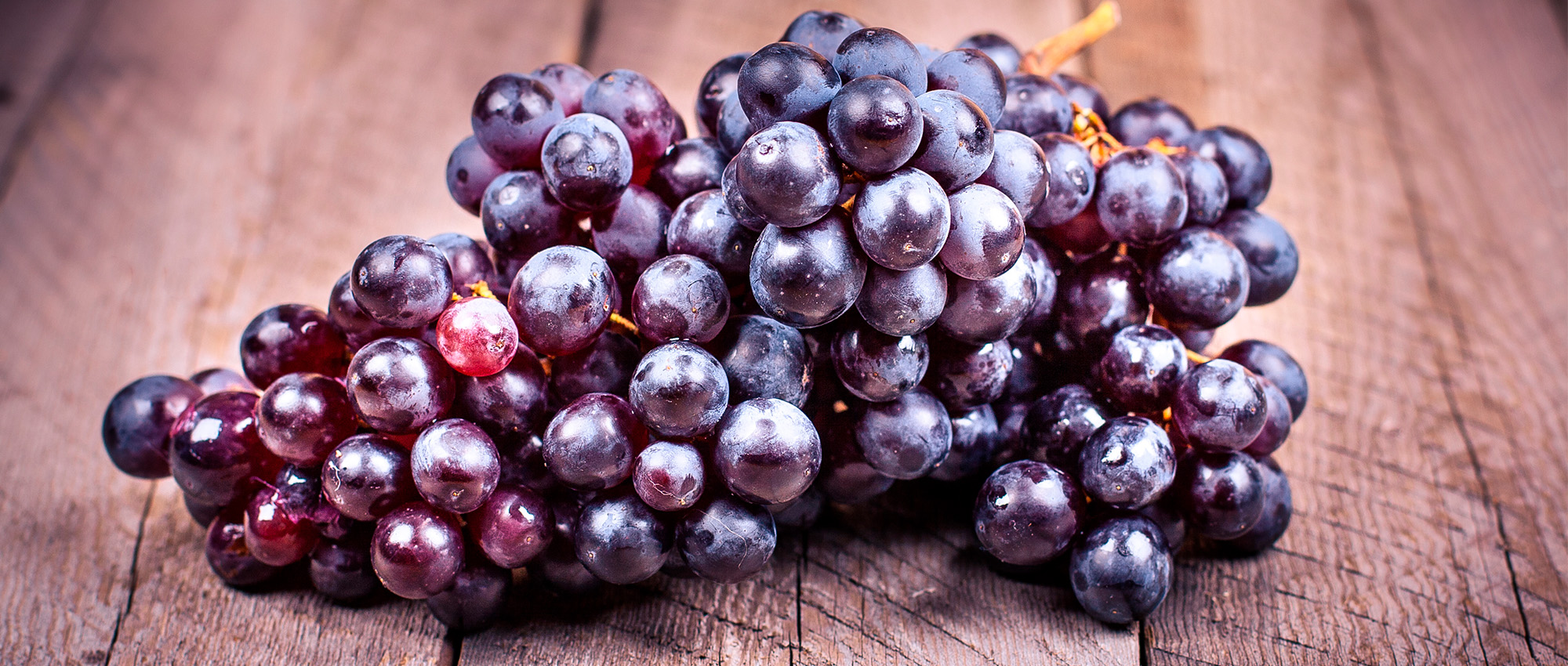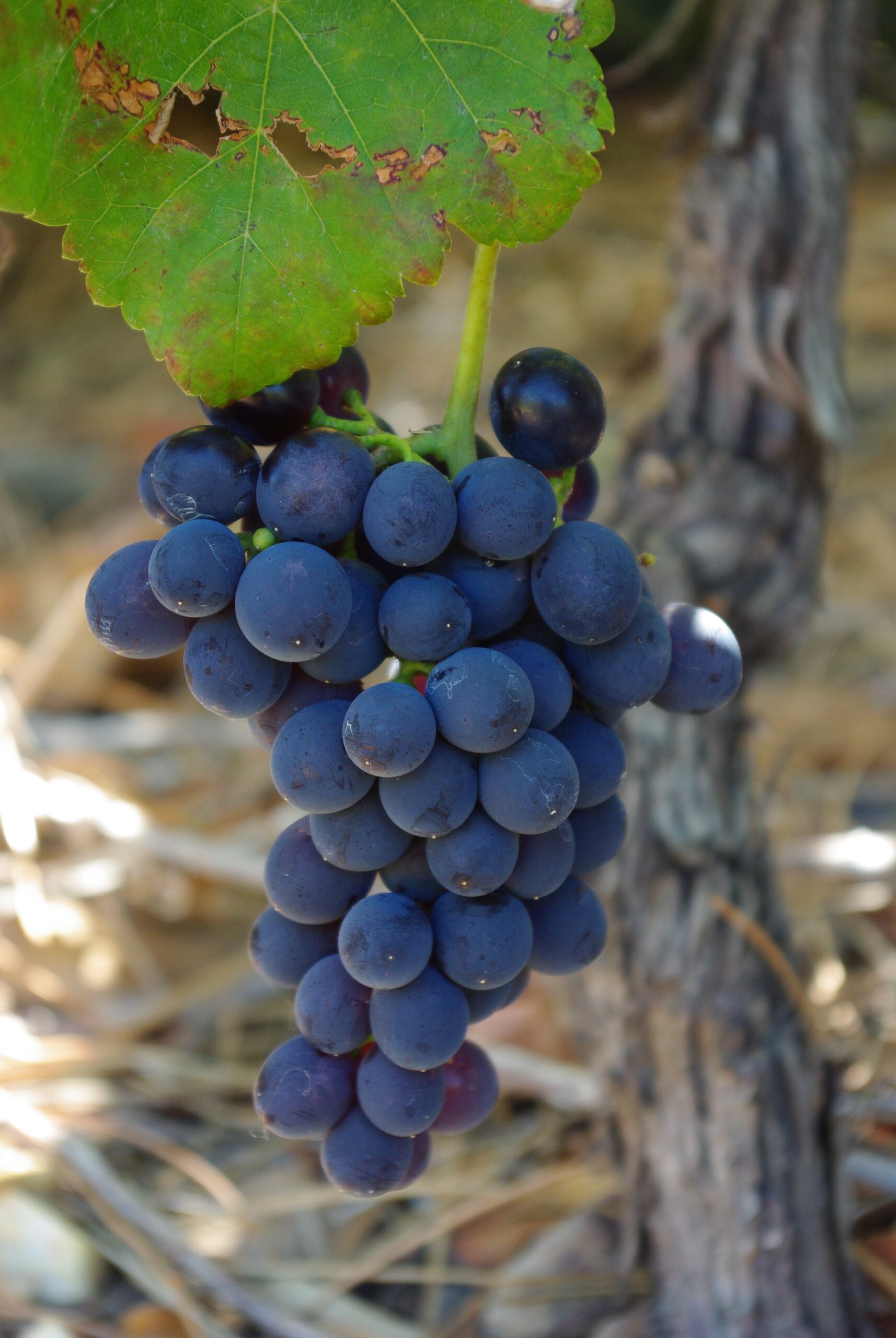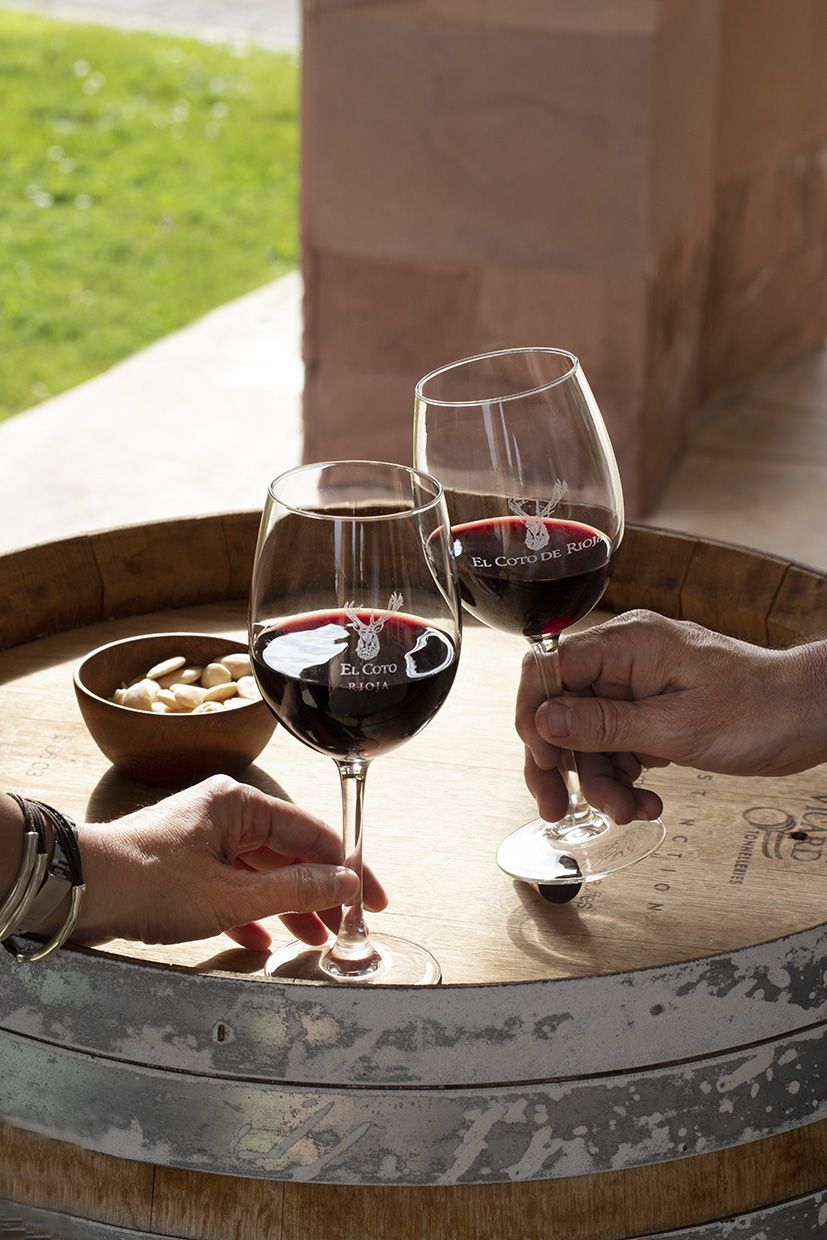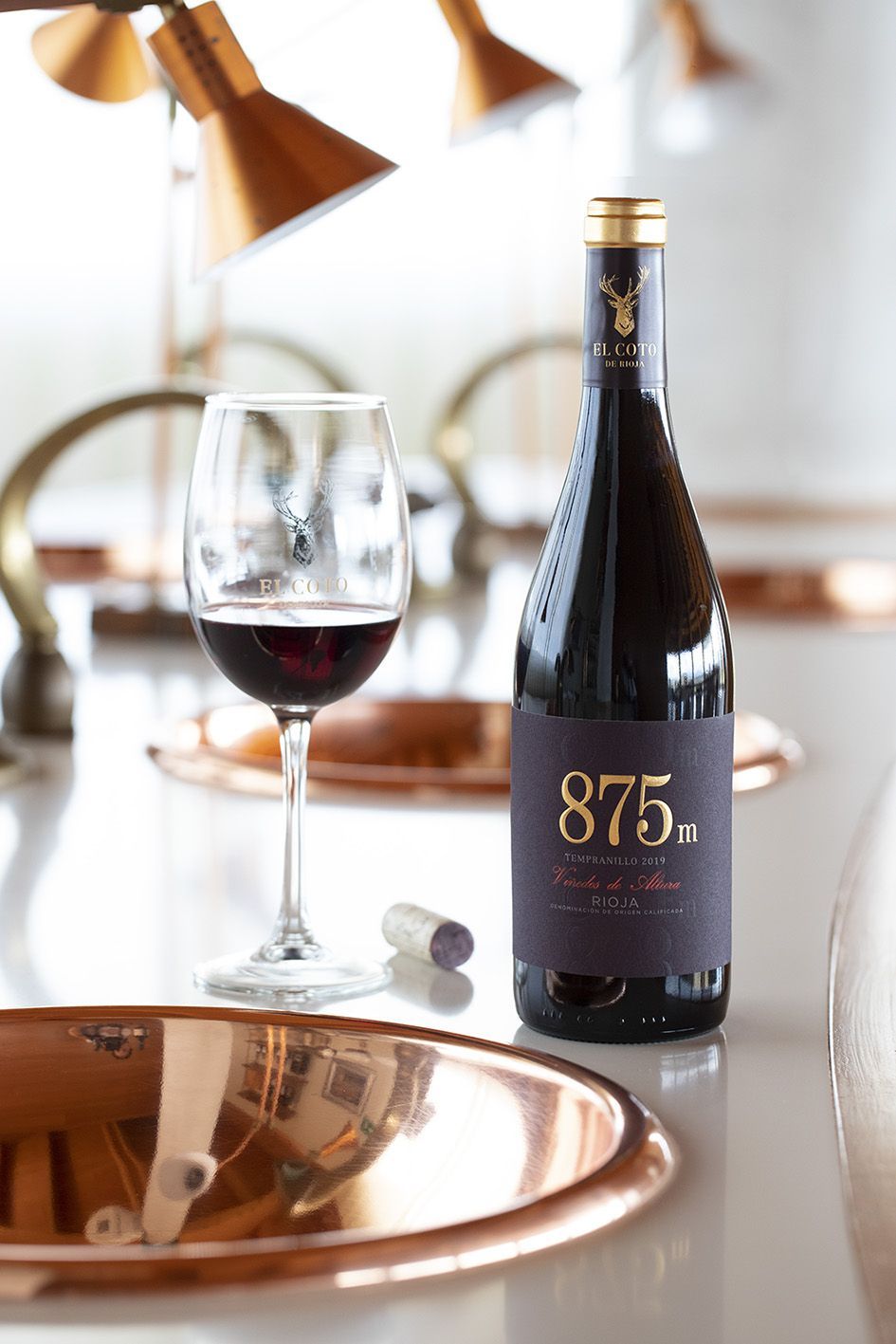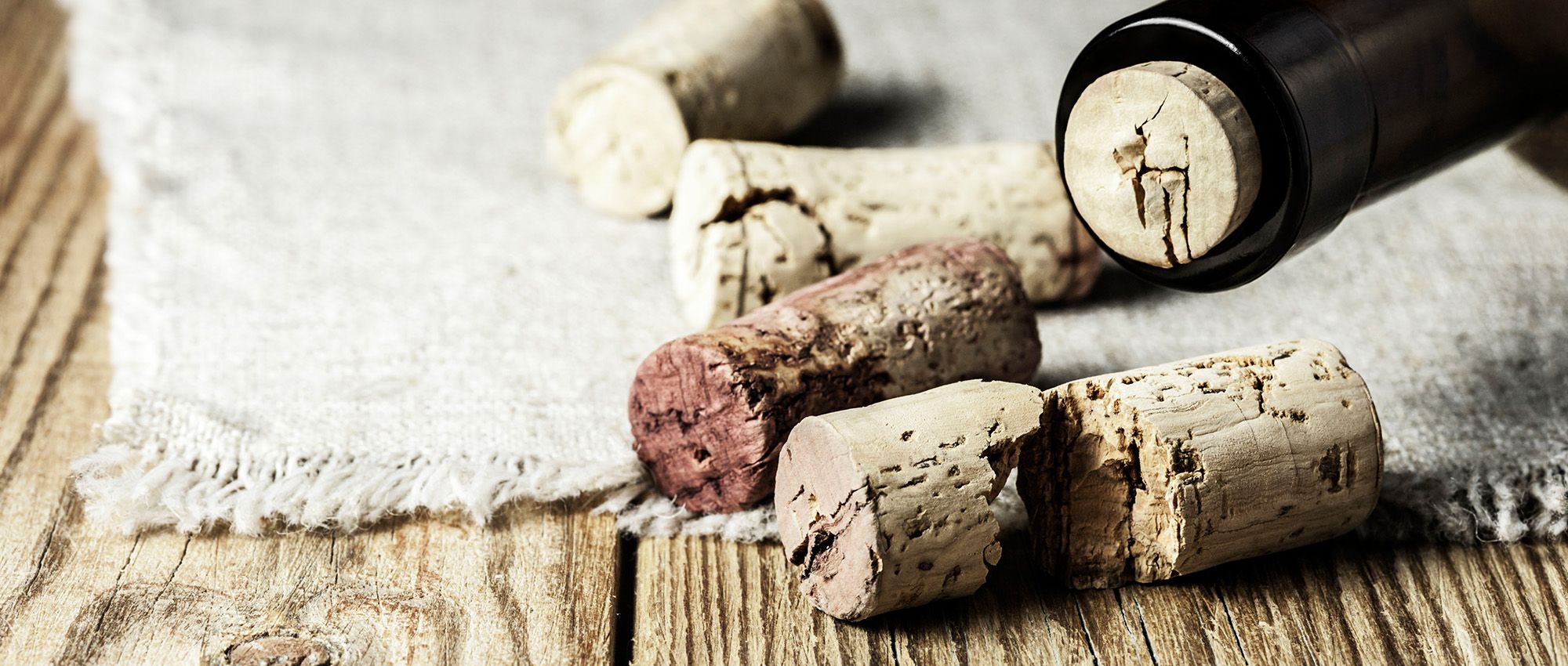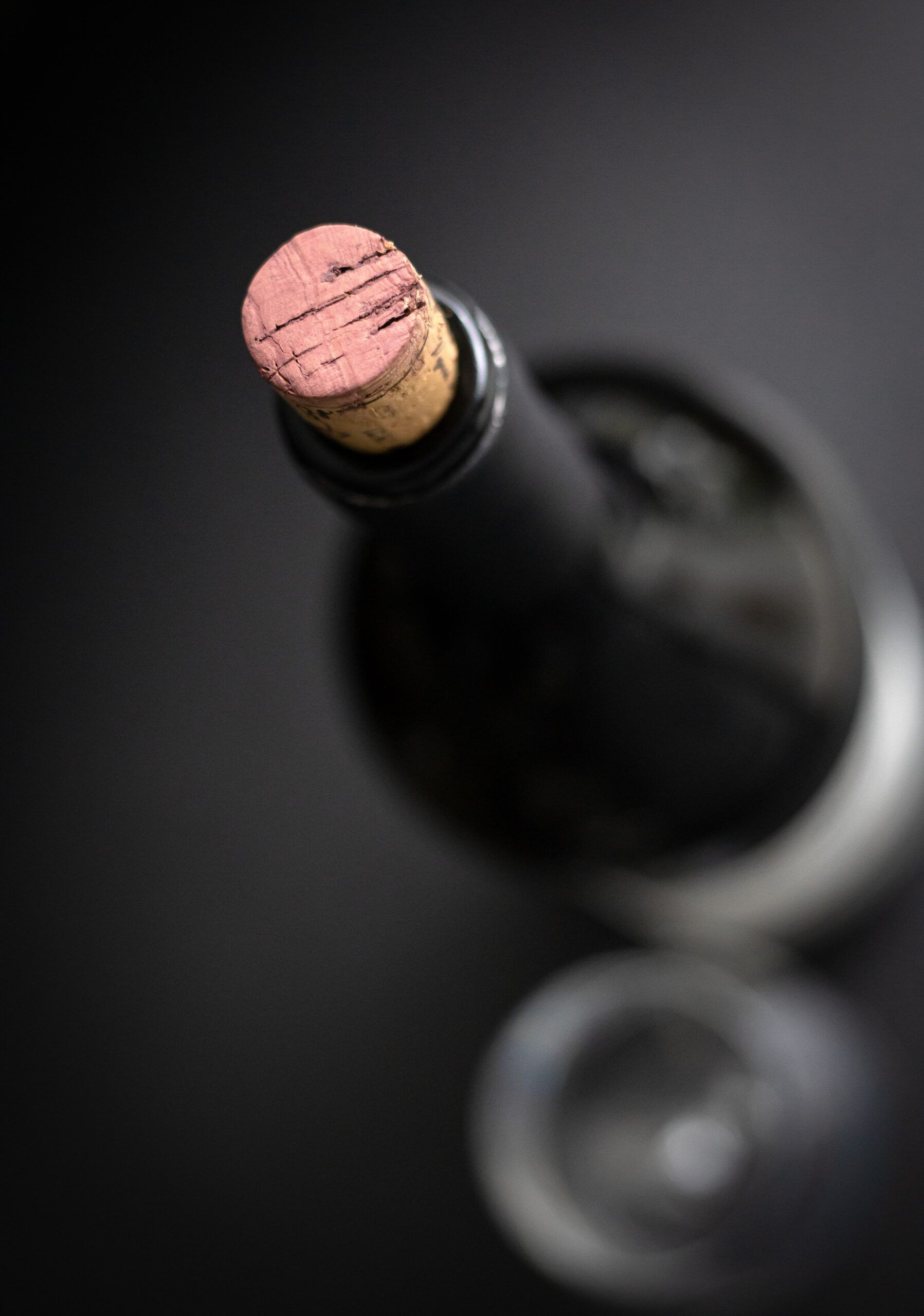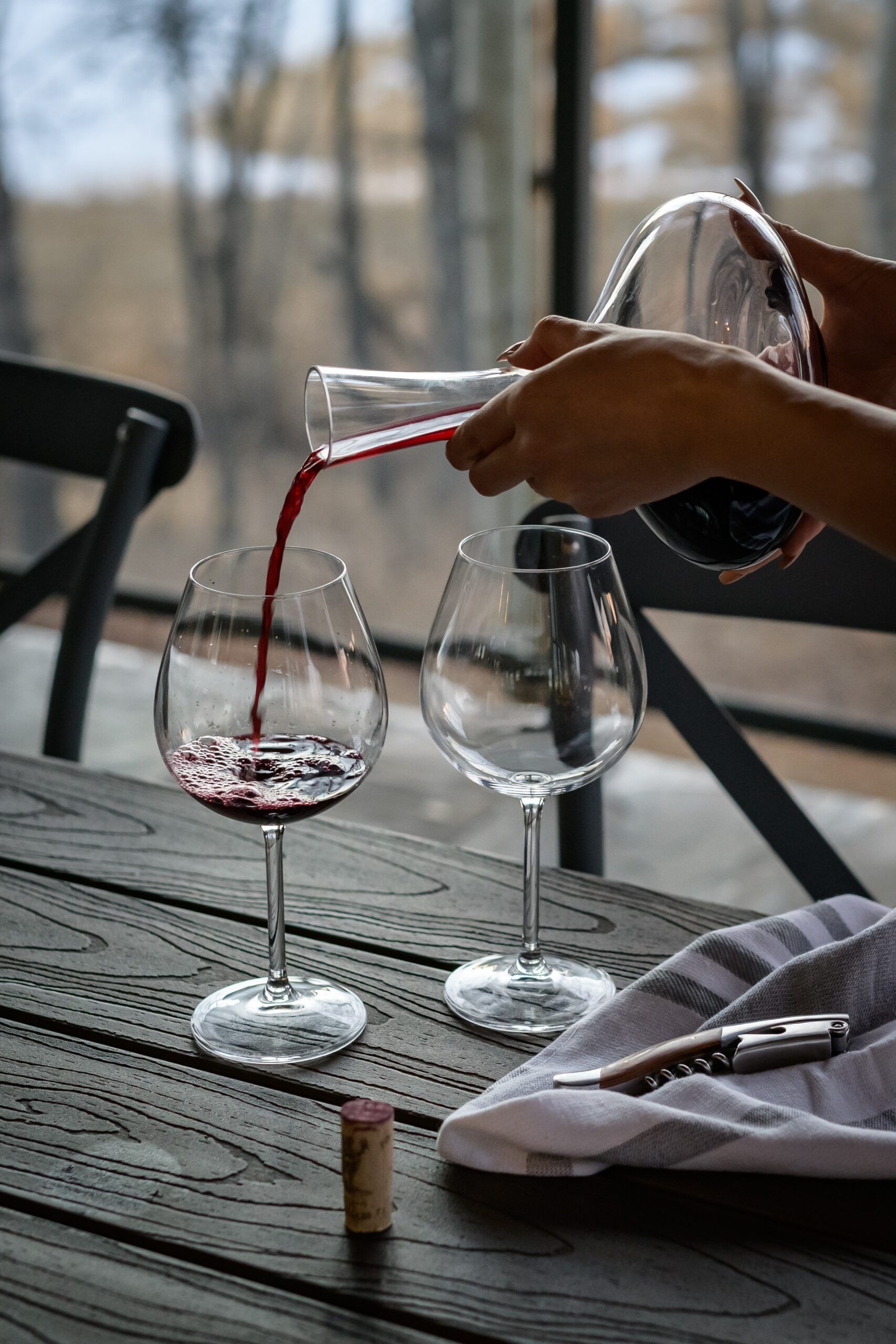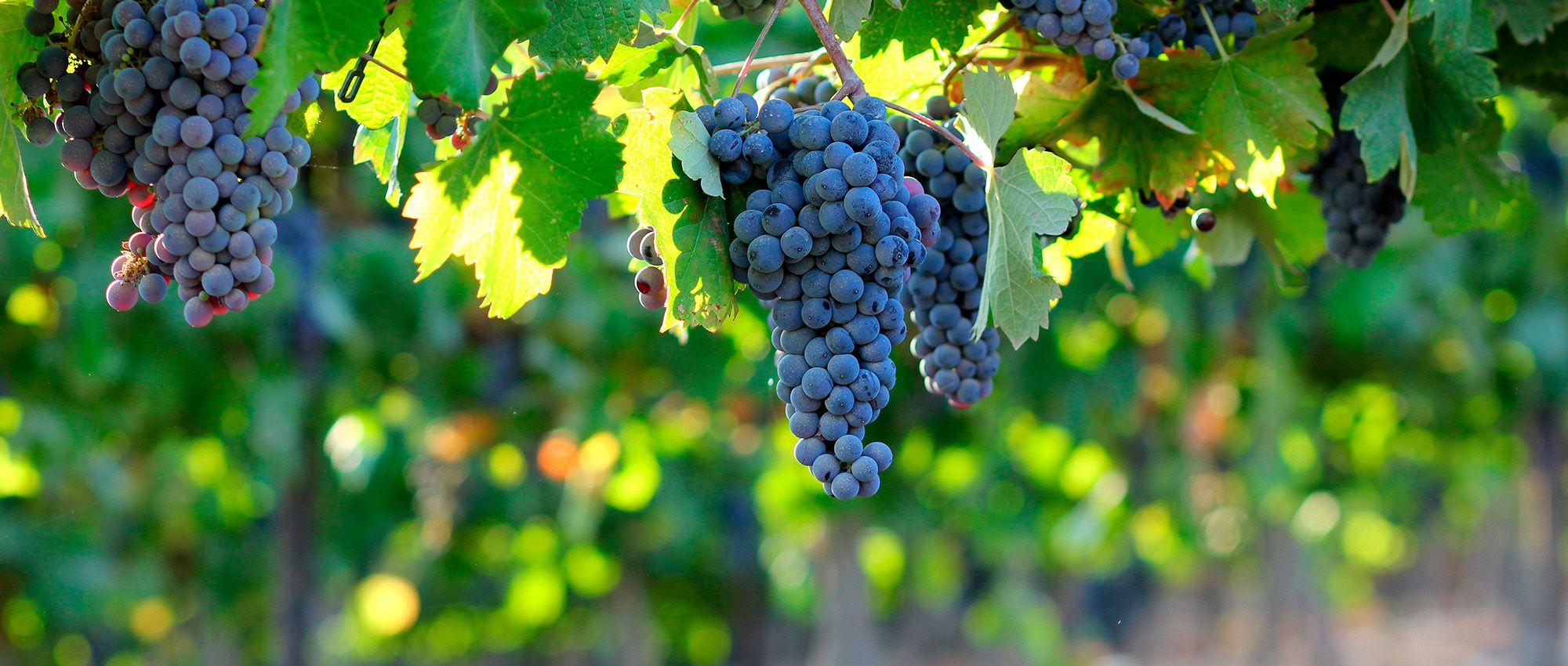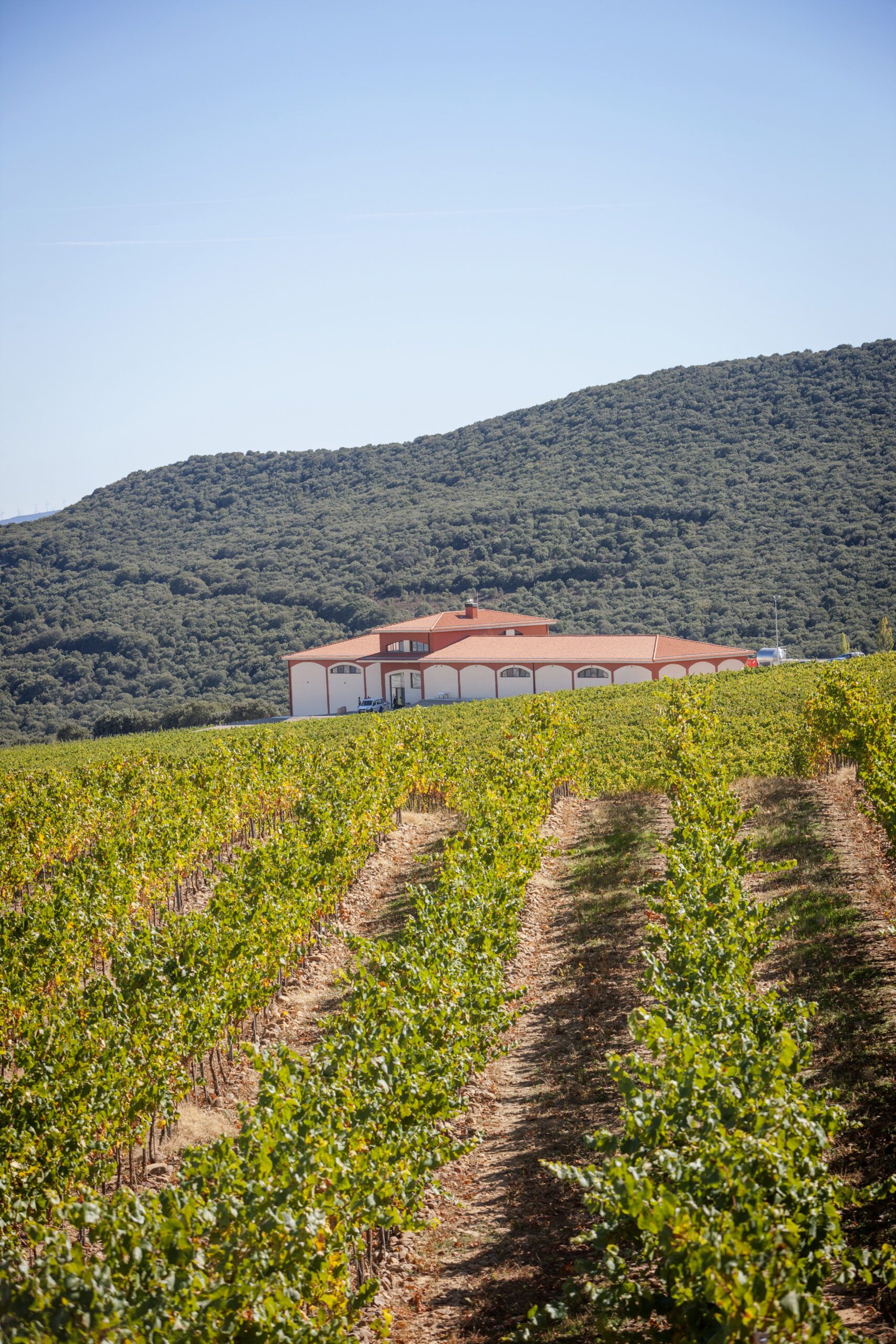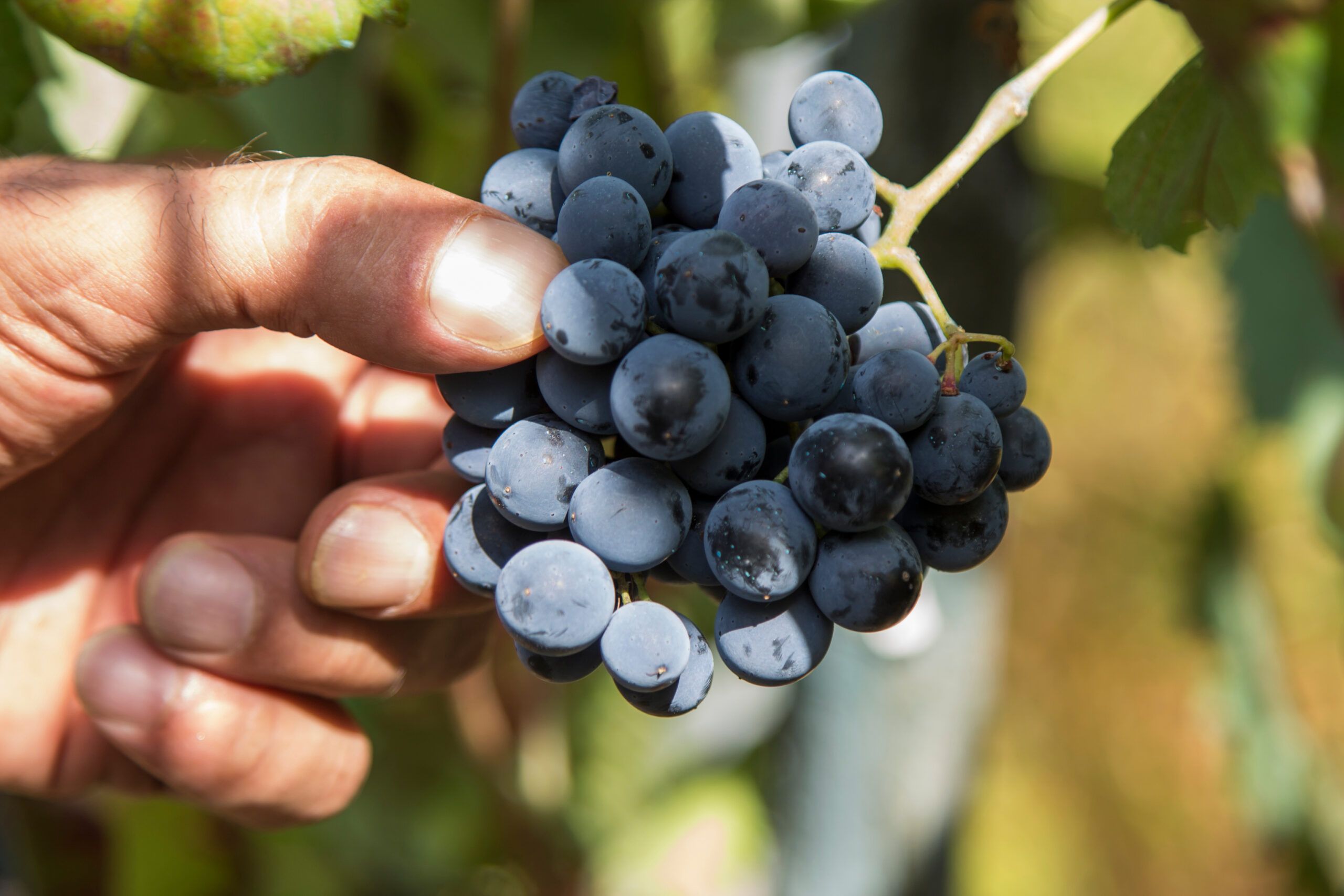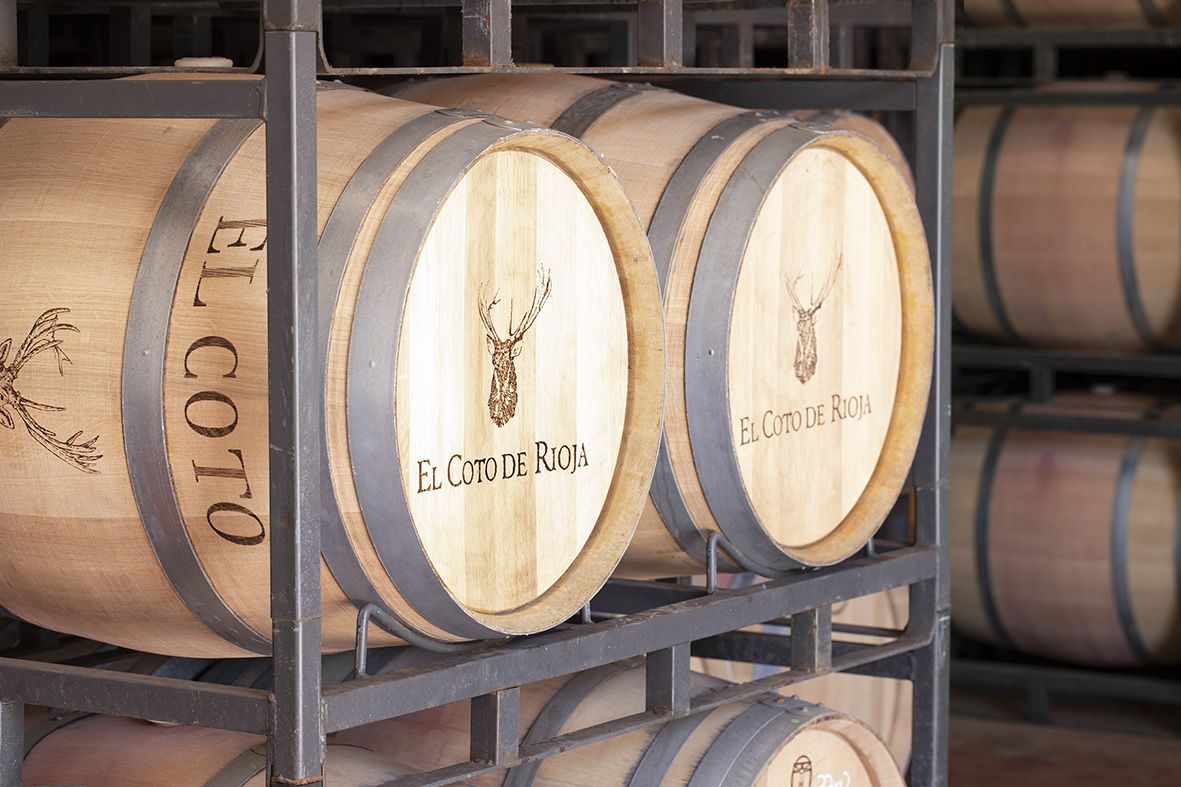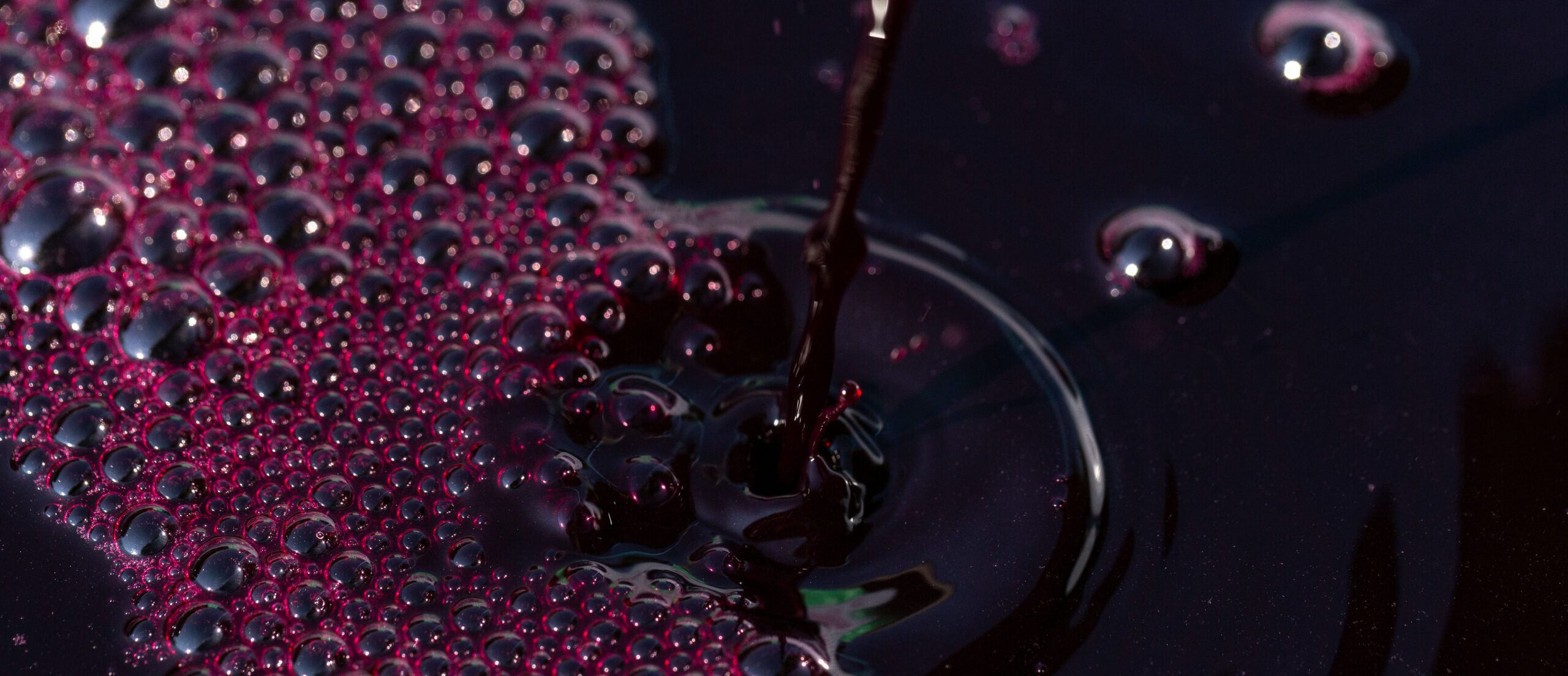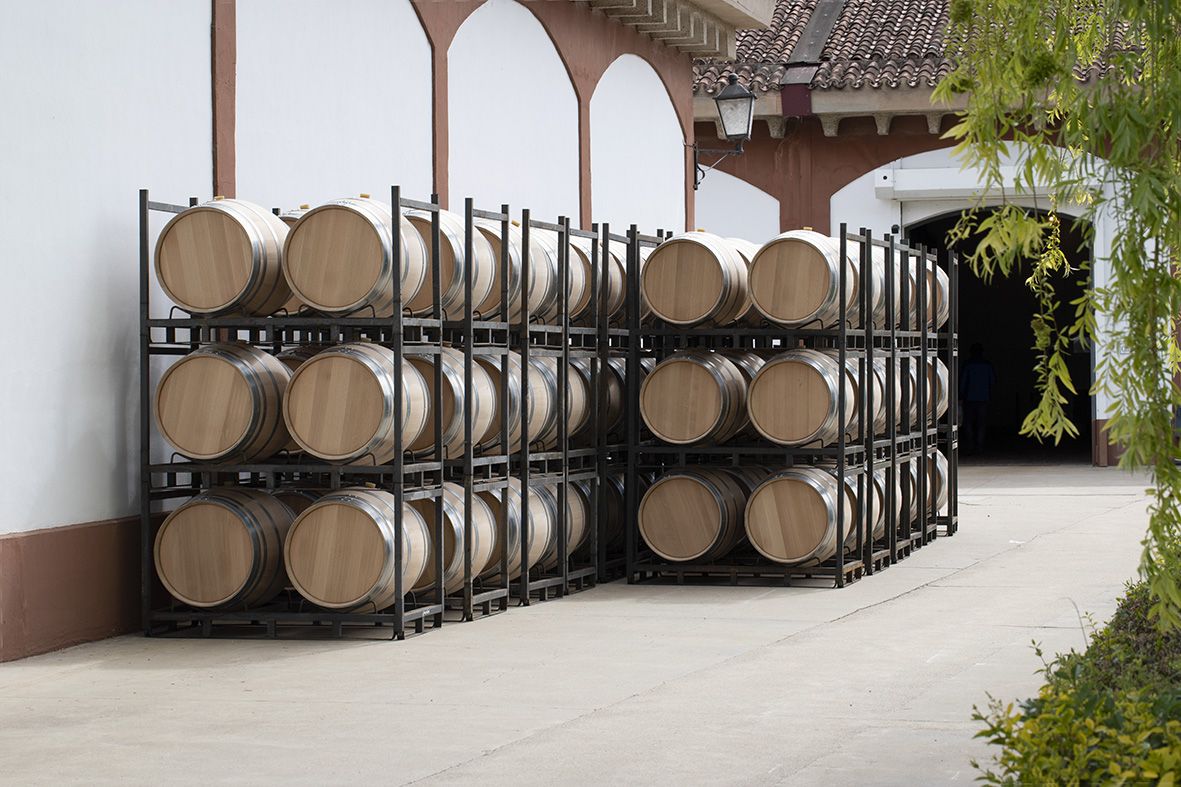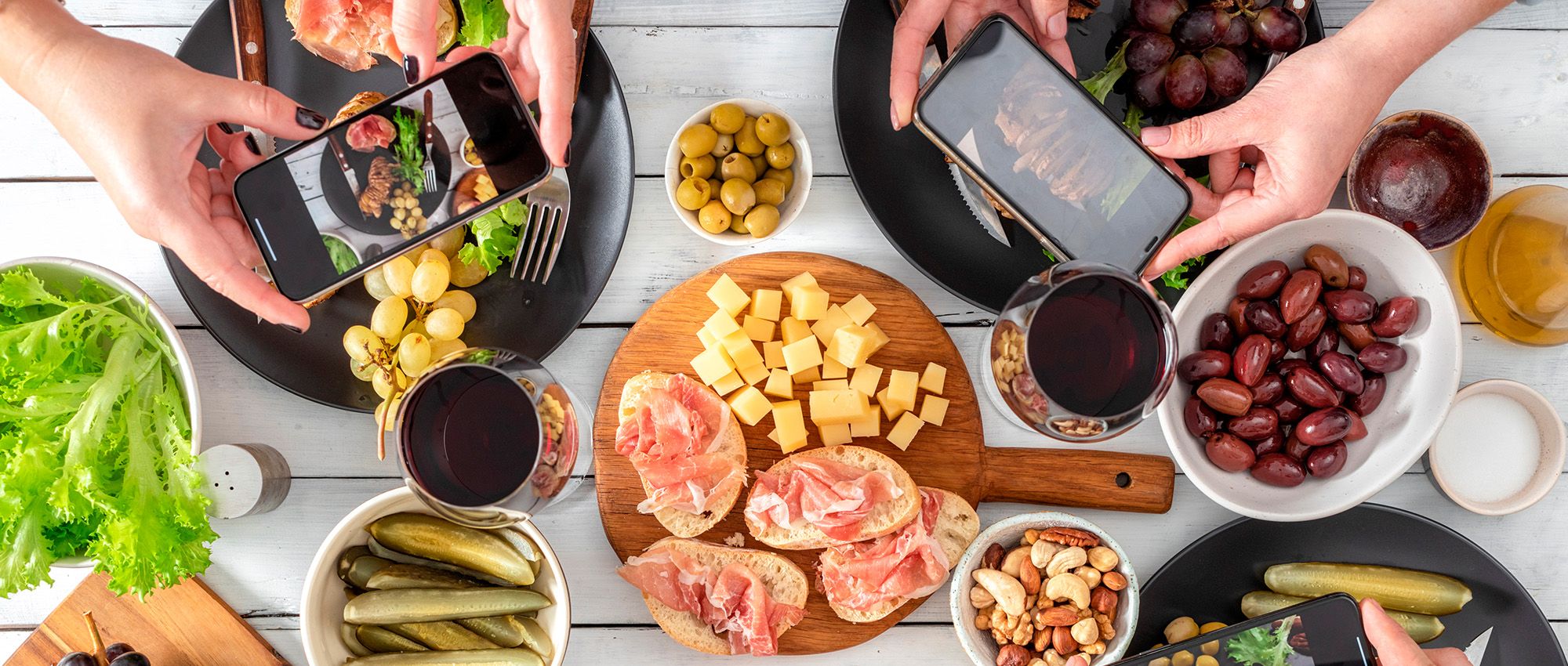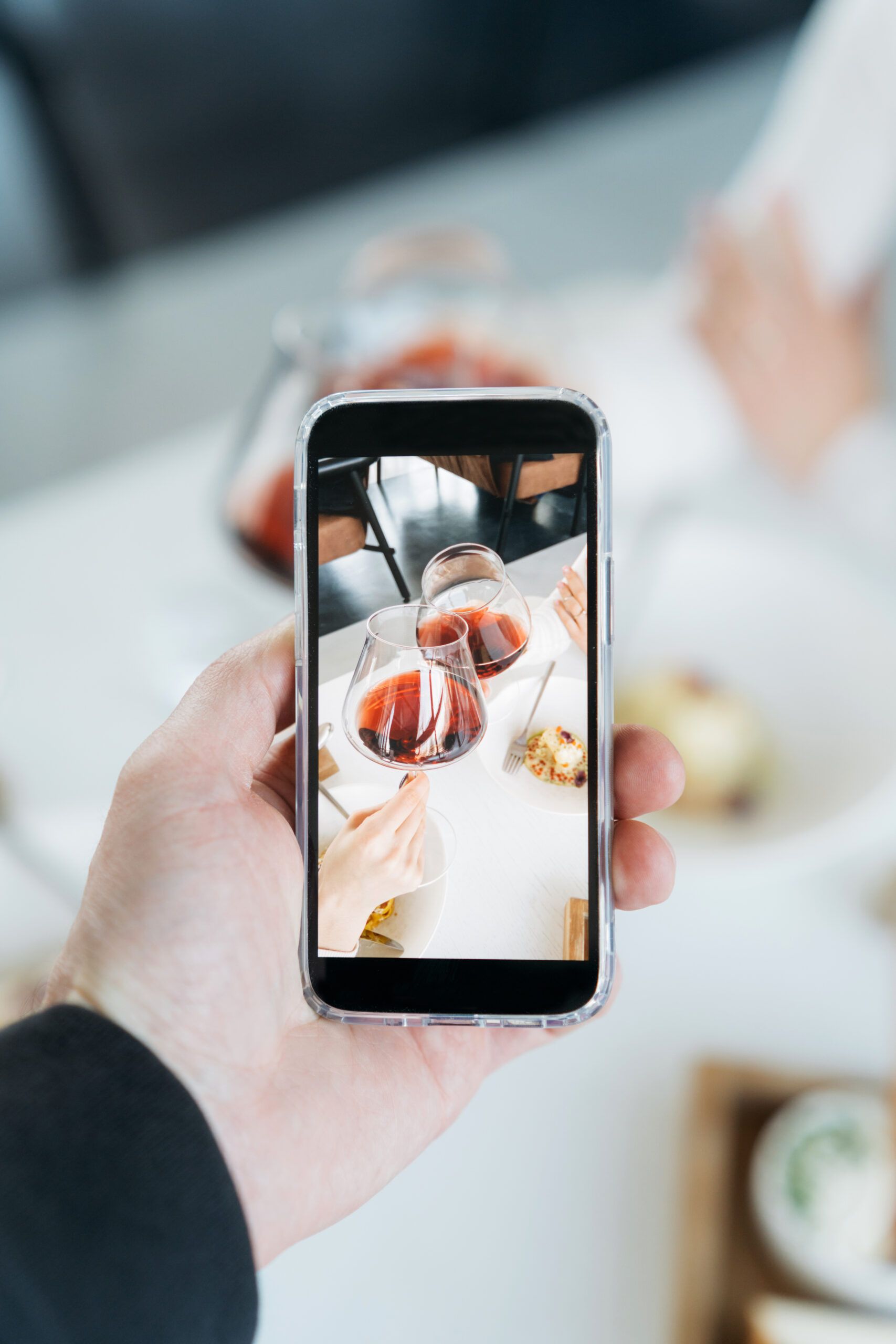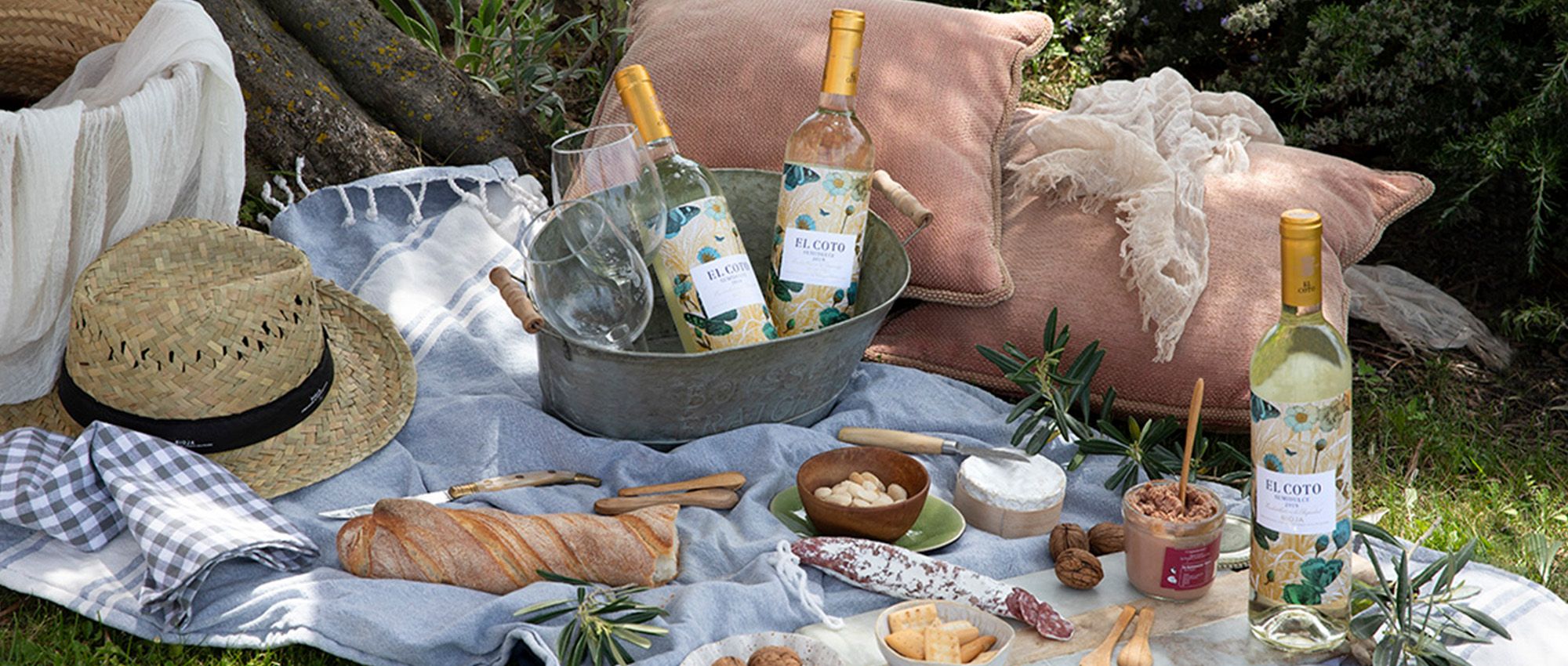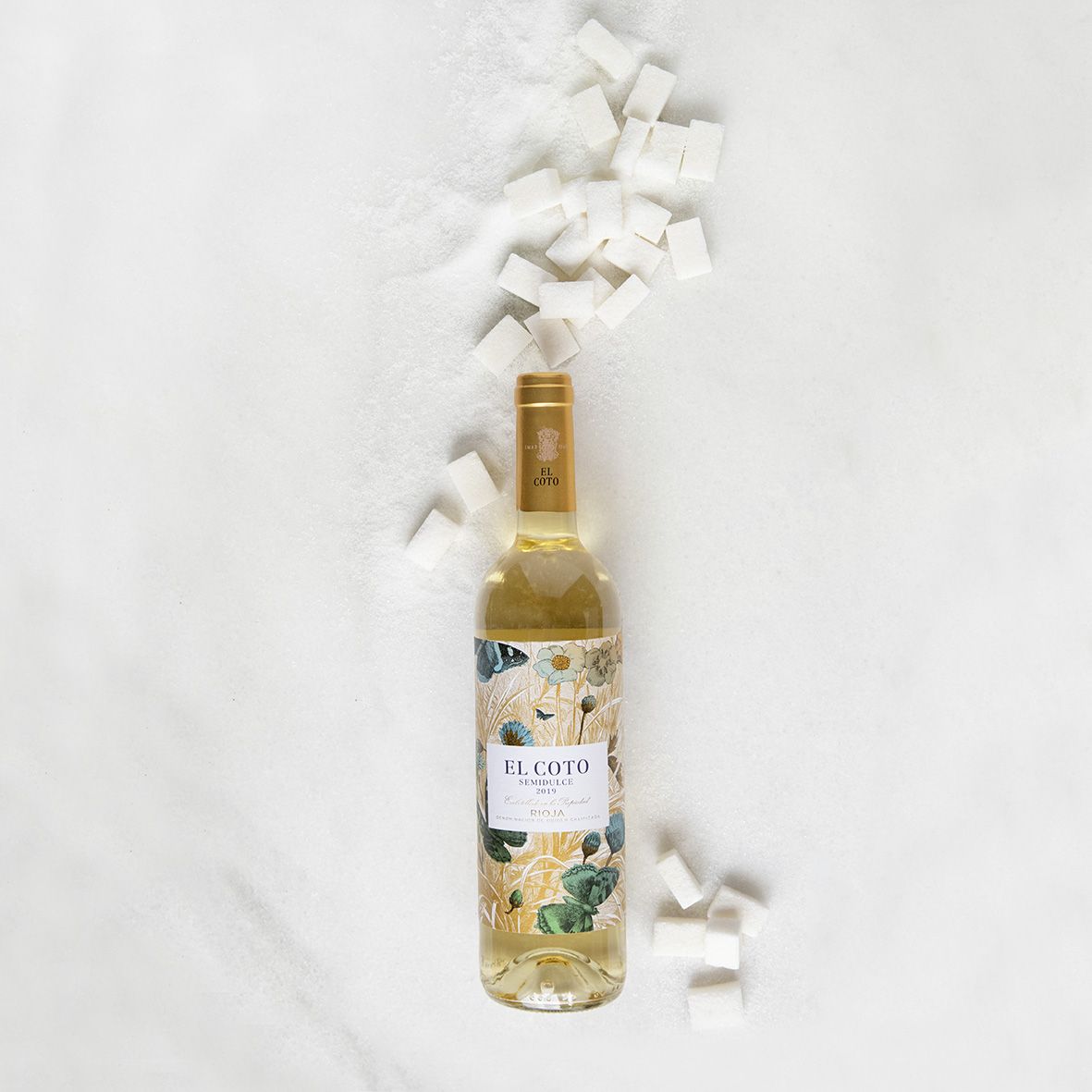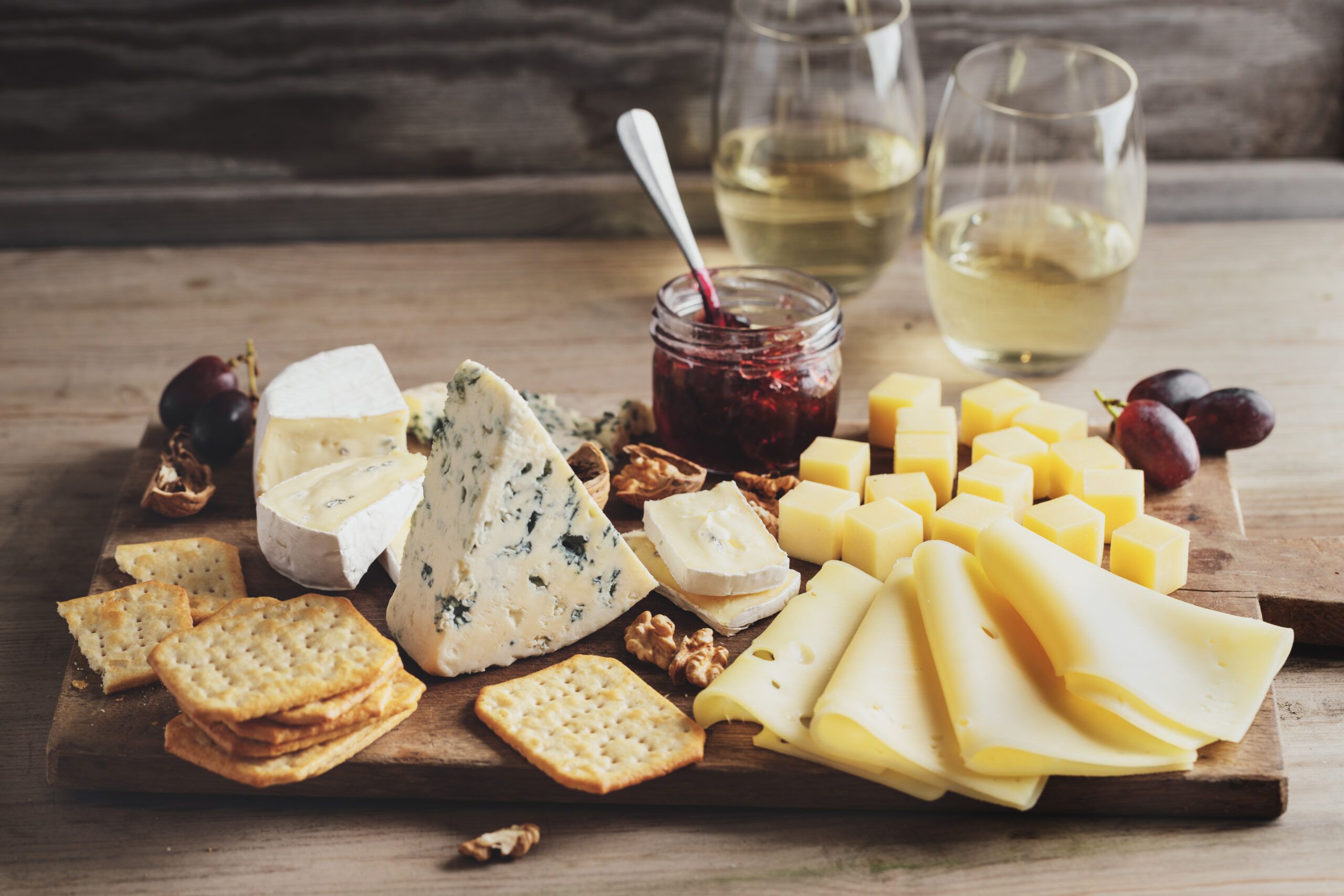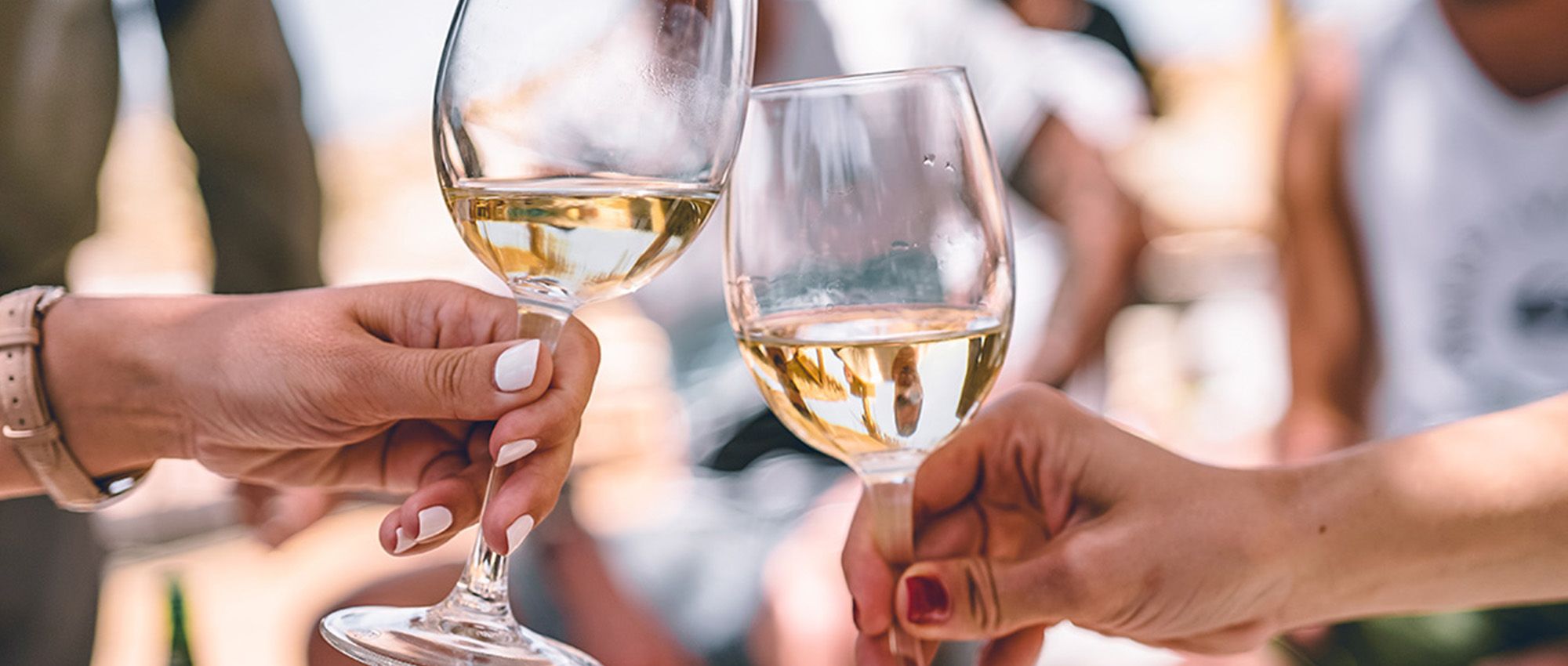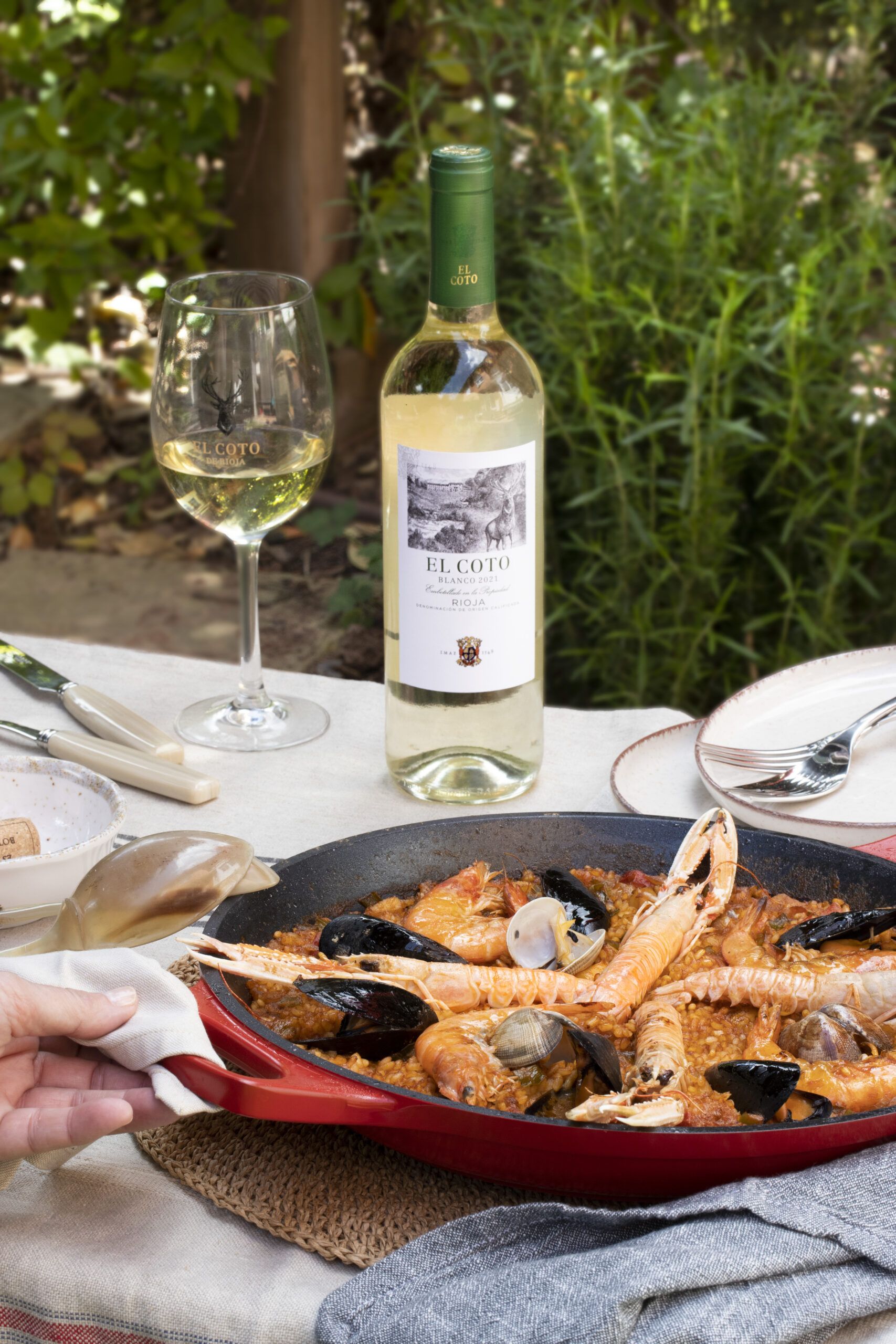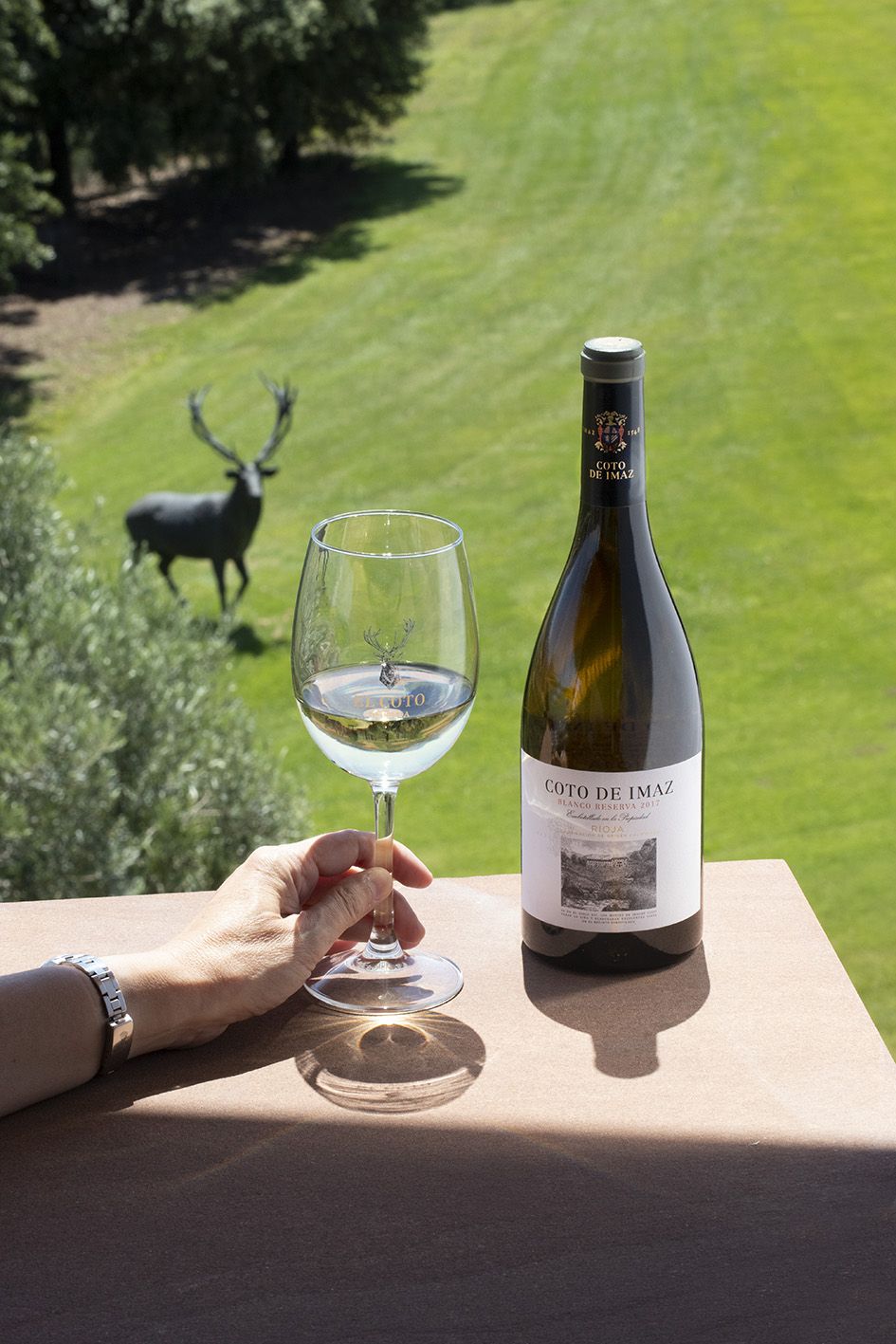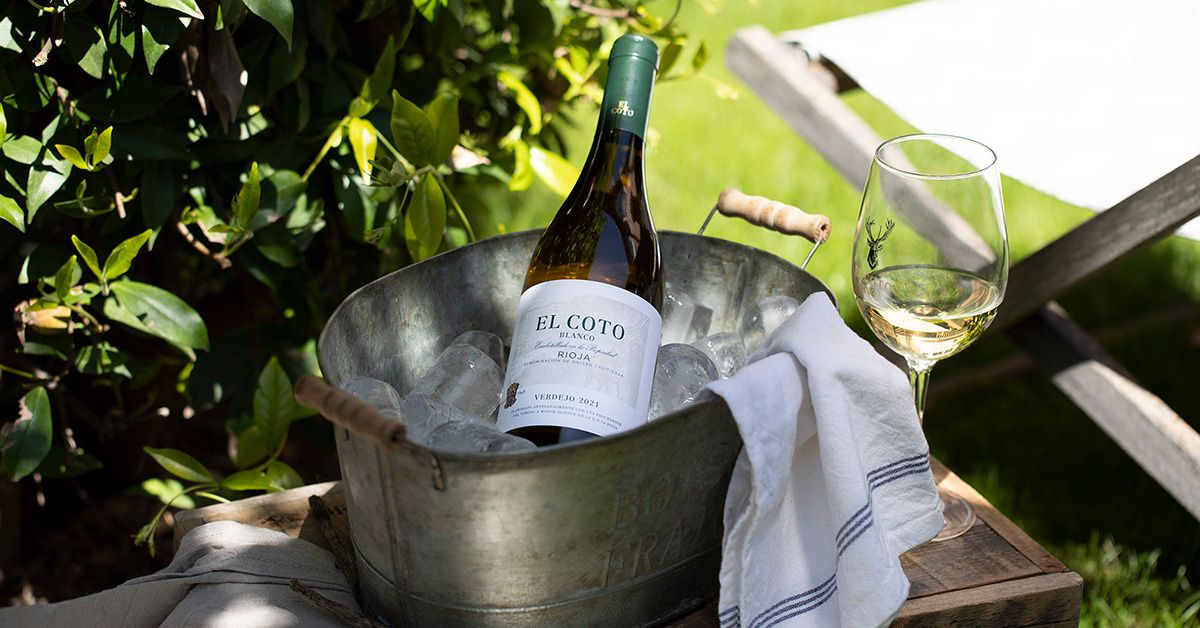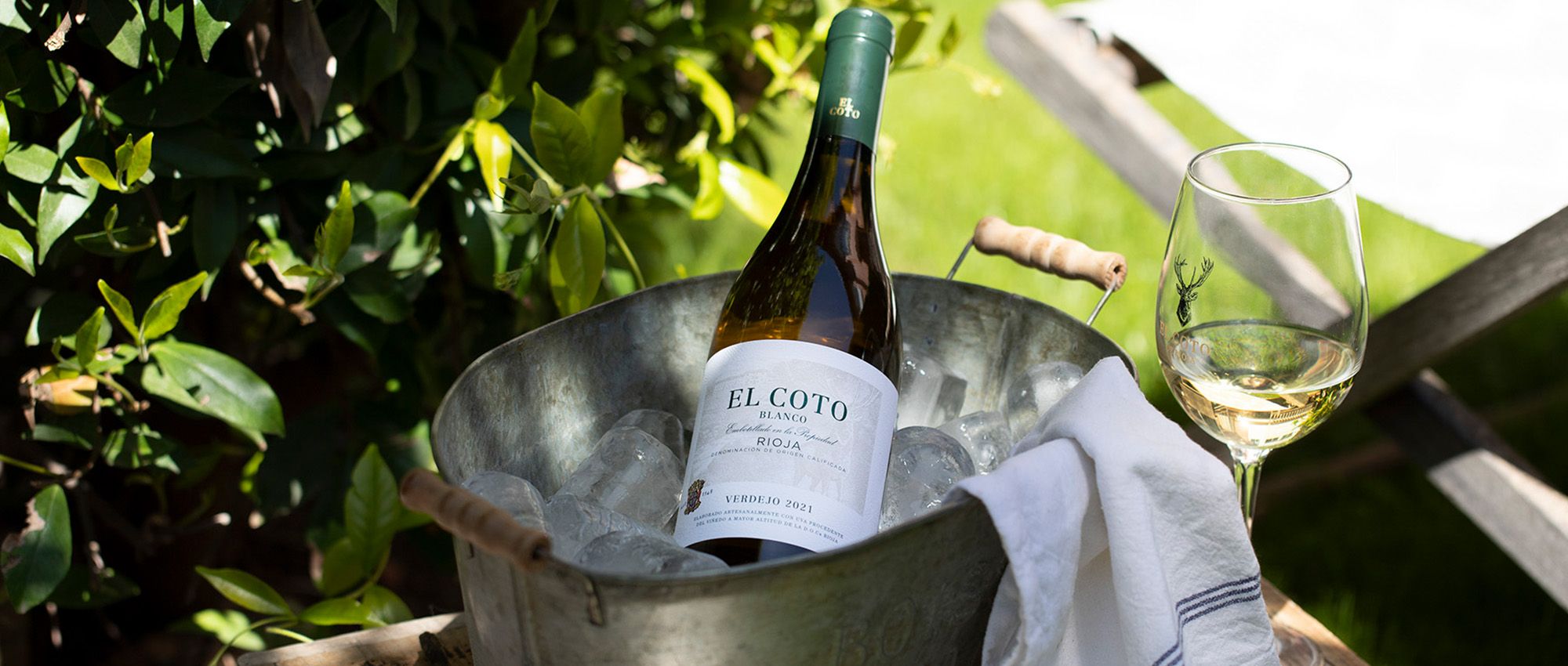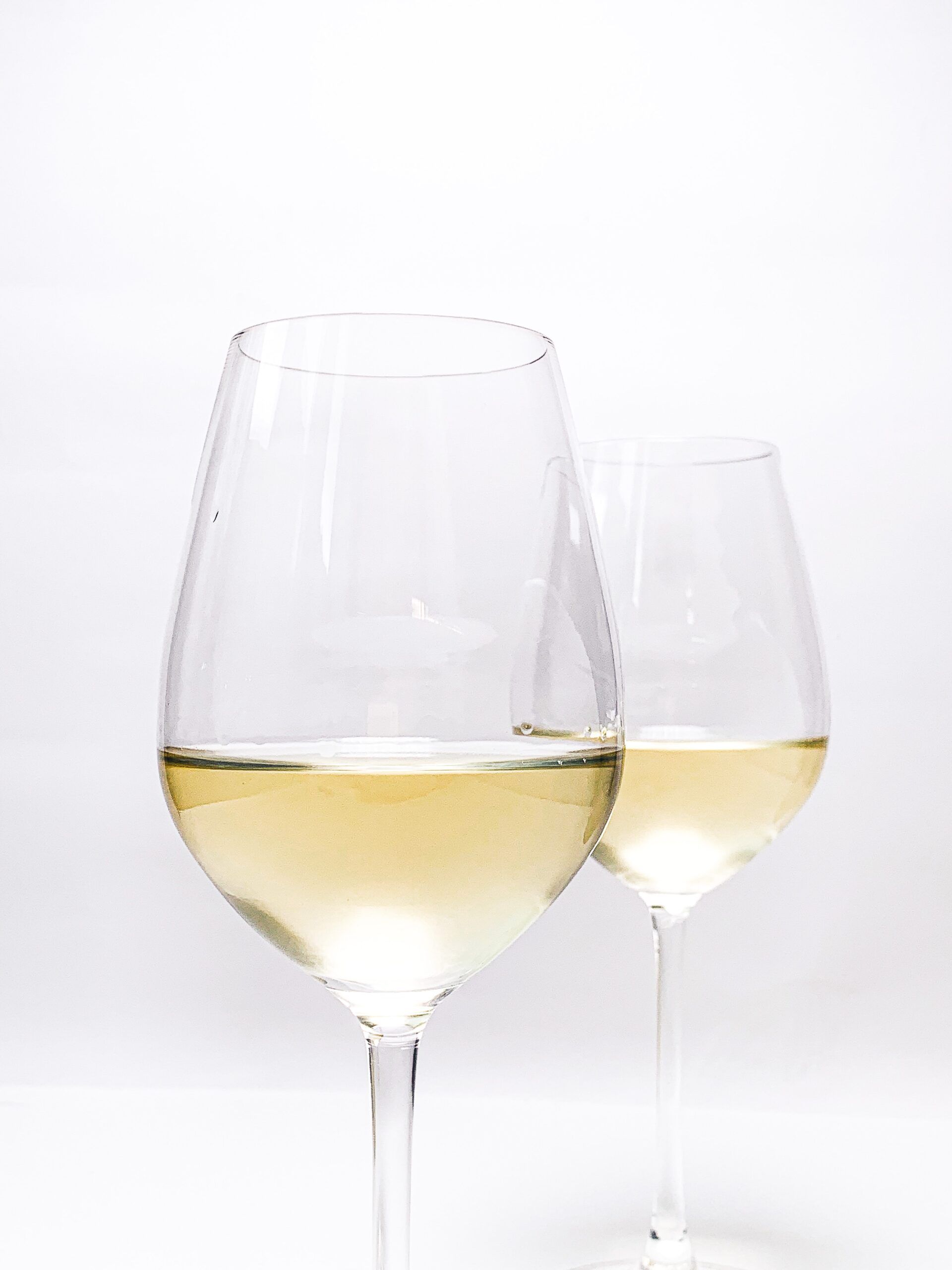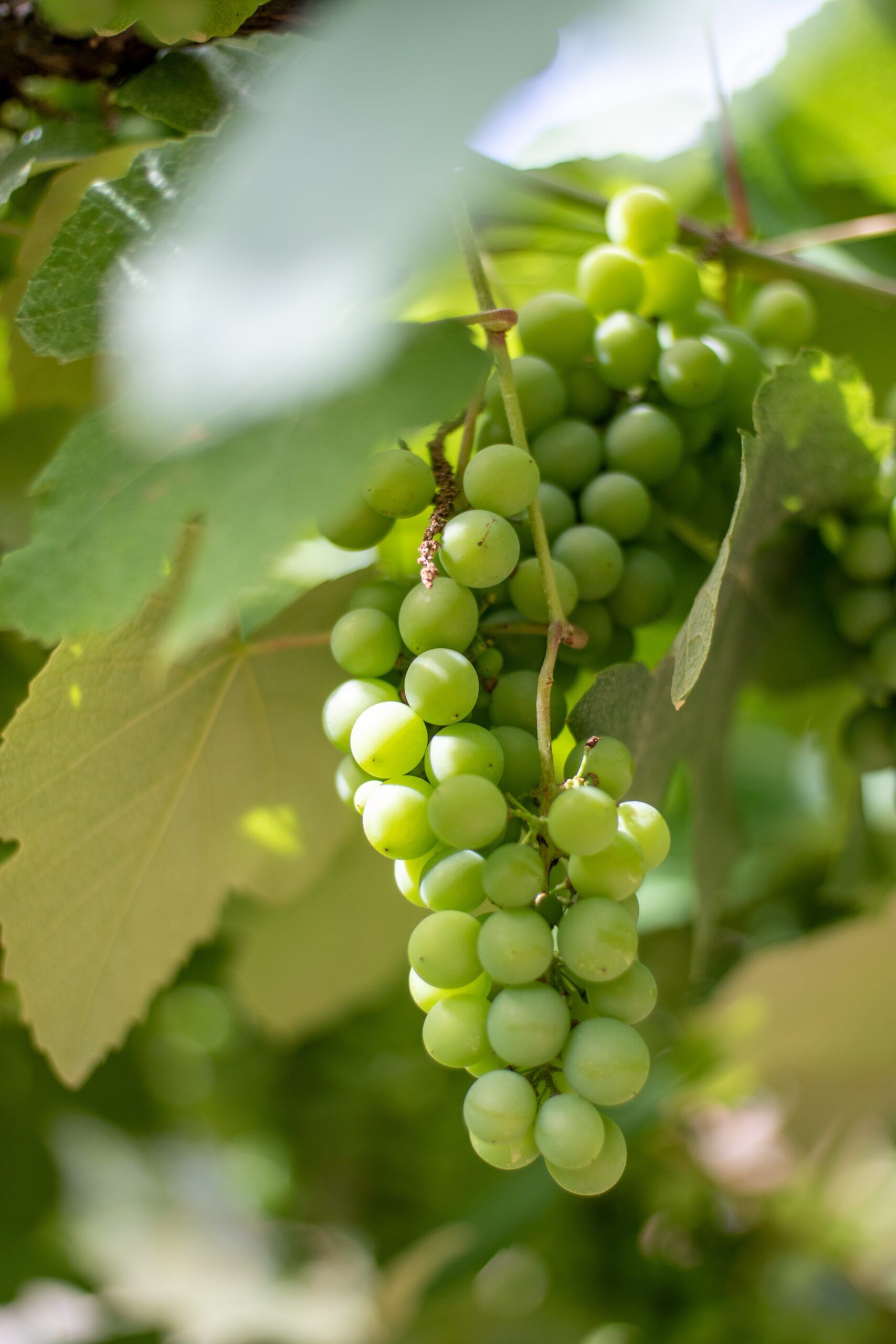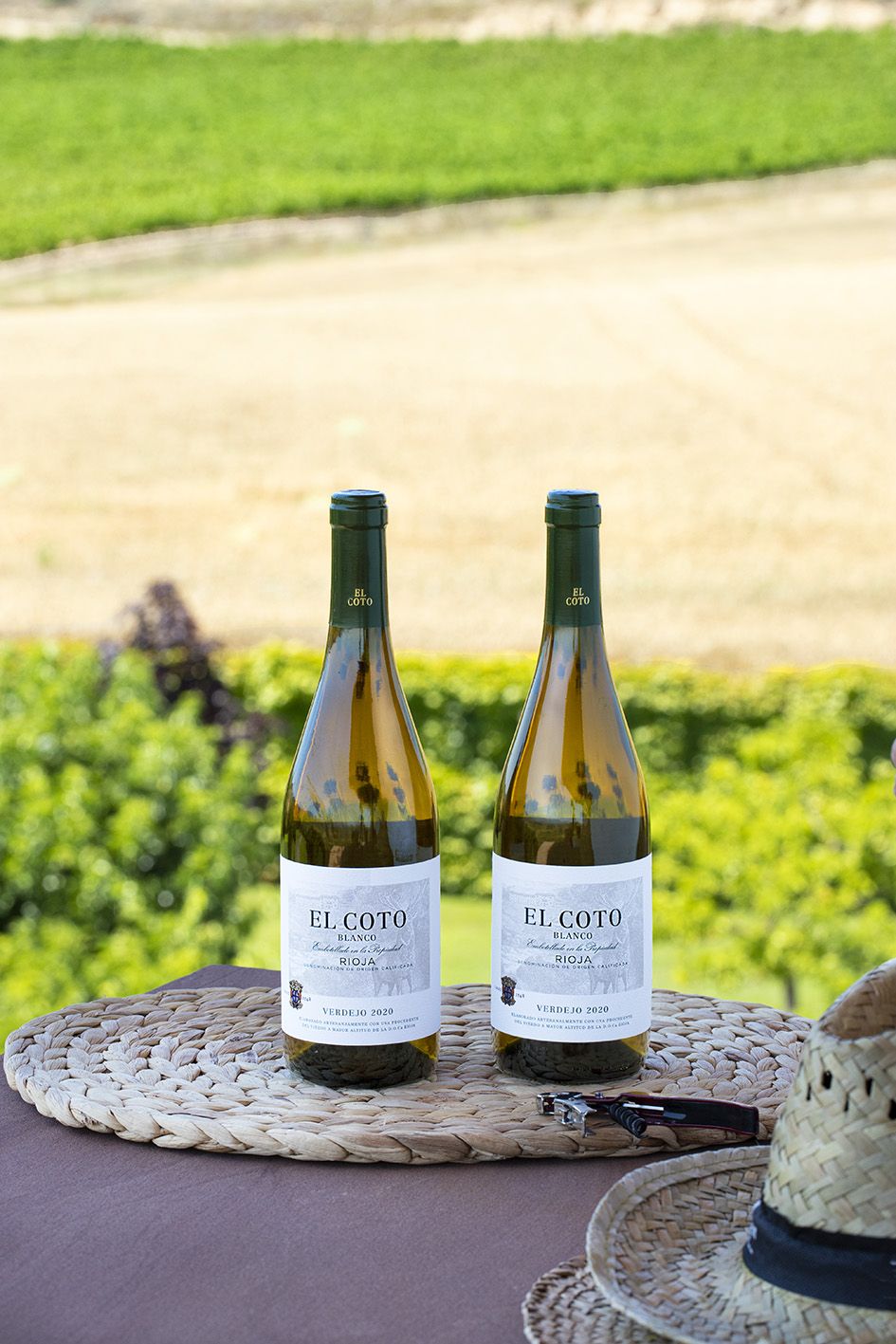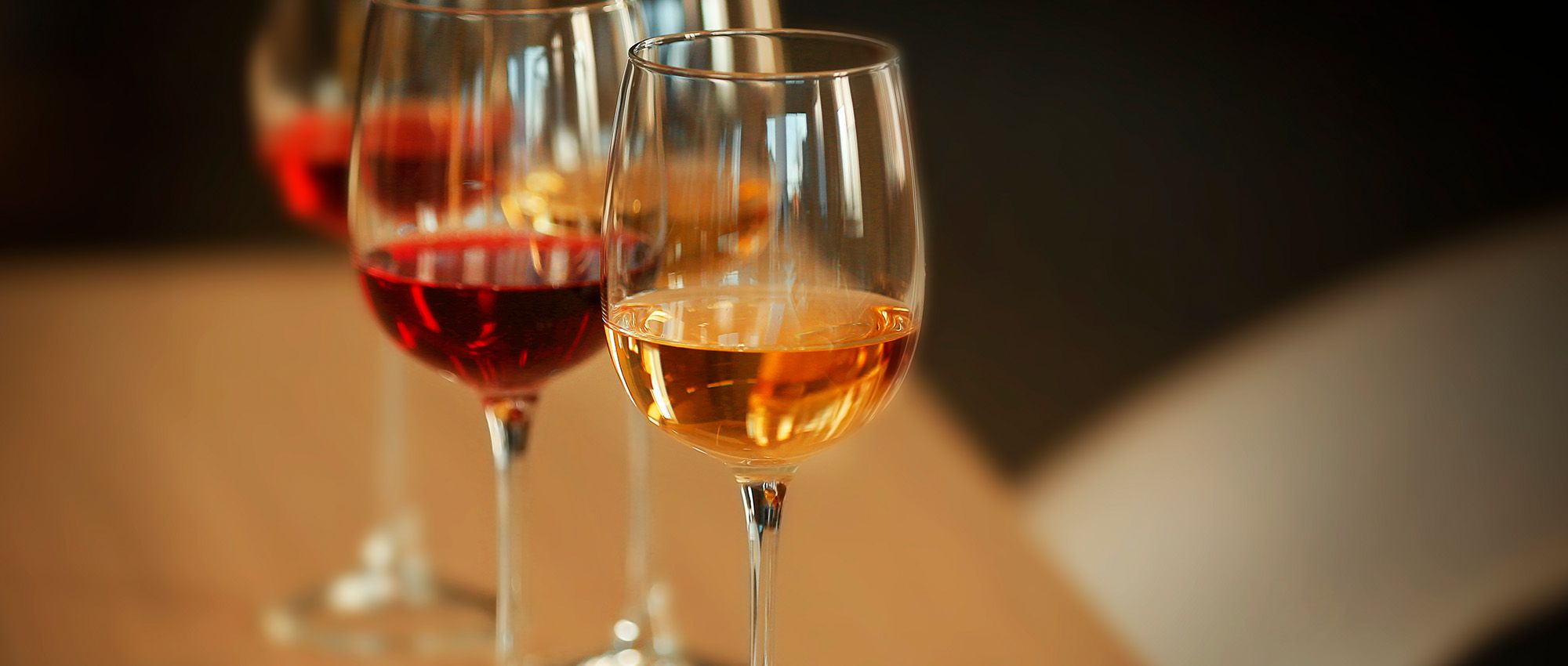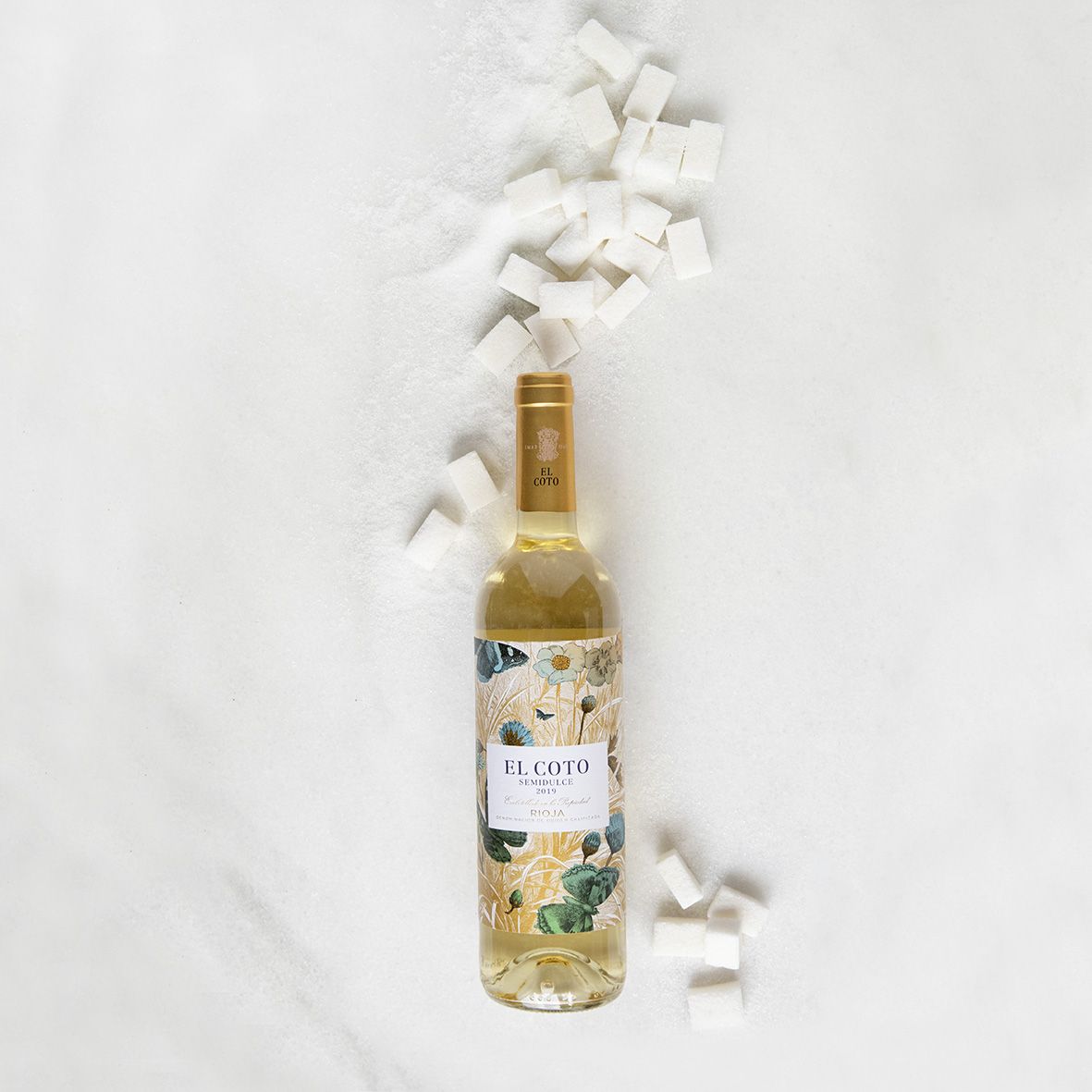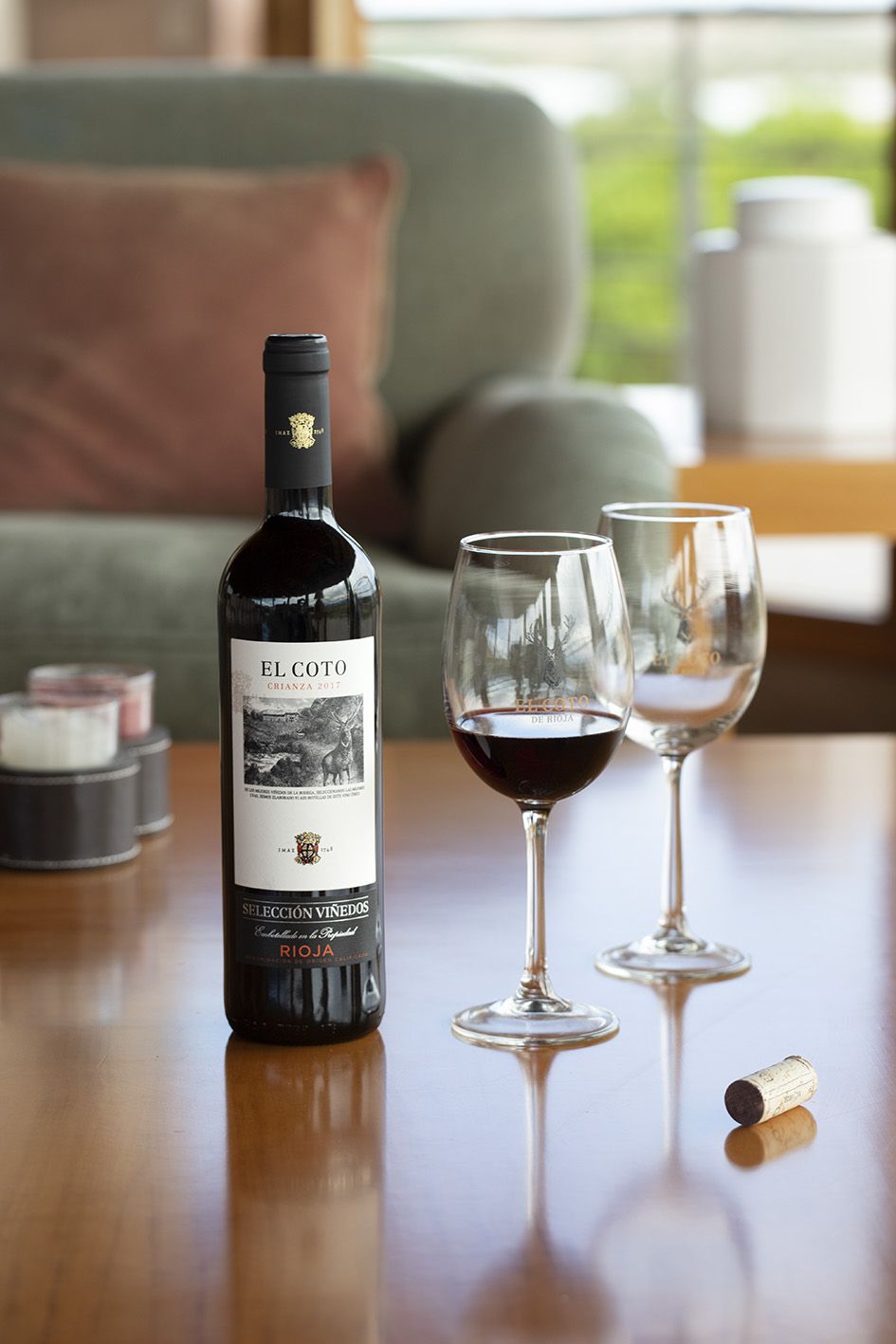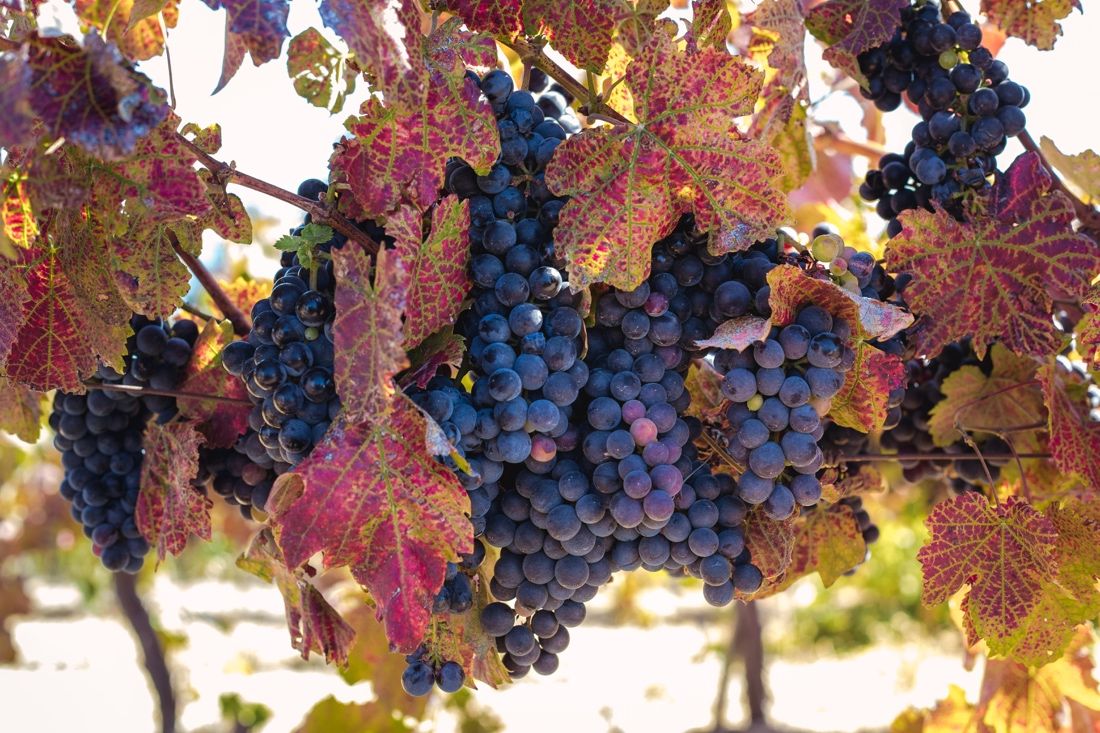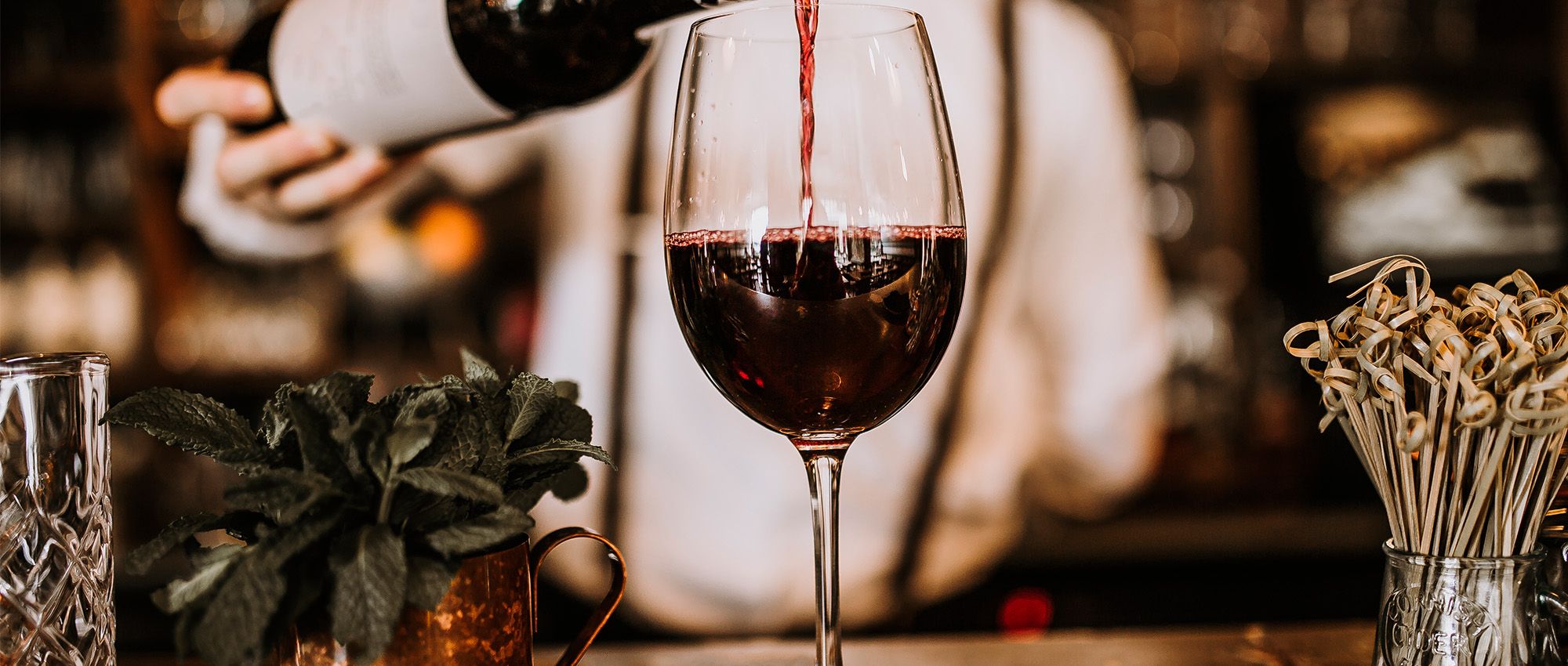
Have you ever been to a restaurant or bar and the waiter gives you a bit of wine to taste before serving it? If you’re not a wine expert, but you like to enjoy a glass when out for lunch or dinner, this article is for you. Follow these tips on wine-tasting etiquette so that you know exactly what to say and do when you’re given wine to taste at a restaurant. Take note and become a sommelier for a day!
It’s not common in all restaurants, but if it’s a wine bar or a restaurant with an ample wine list, you’ll always be poured a drop of wine to taste before serving it, especially if they open the bottle for you. Then the waiter stands waiting for your approval, and you wonder to yourself, what is it I should be tasting? Do I just need to know whether it’s sour and spoiled or am I supposed to find the tasting notes?
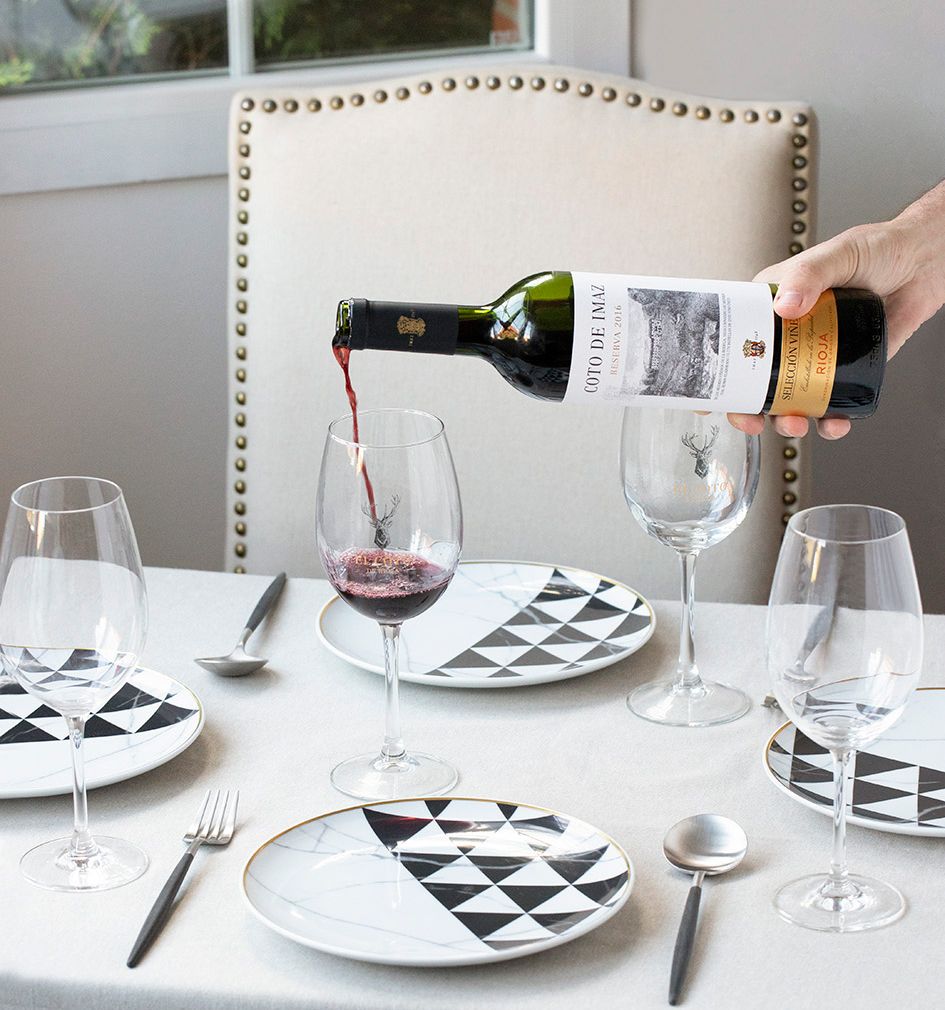
How to know if a wine is bad
Most restaurants and bars don’t have a professional sommelier, so don’t worry because what you should do in this situation is simpler than it looks. What they mainly expect from you is to check that the wine’s in good condition. It doesn’t happen often, but the wine may have pricked if it’s been stored incorrectly or if it has undergone sudden temperature changes.
Another defect that can occur is corked wine. This problem occurs because of a molecule known as TCA (trichloroanisole) found in wood and cork. When TCA comes into contact with wine, it can spoil it, causing a strong odour of moisture or mould and affecting its flavour. Sometimes it’s difficult to detect the smell, but if the wine is tainted by this molecule its flavours will have been altered and it probably won’t taste very pleasant. So, if you smell the wine and get a whiff of wet cardboard or damp, like a basement, we recommend that you ask the waiter to bring you another bottle of the same wine to taste.
On the other hand, the wine may be oxidised. This means it’s been exposed to too much oxygen. How do you tell if your wine is oxidised? Well, it’s usually easier to detect than corked wine. For example, oxidised white wines tend to turn yellower and reds browner. In addition, the taste tends to become more bitter and rough.

How to taste wine to know if it’s good
To detect all these possible unpleasant aromas and flavours, all you have to do is check the colour with the glass on the tablecloth. Next, swirl the glass a couple of times on the table to aerate it and release its aromas. The next step is to inhale it deeply and take a small sip, swilling the wine around your mouth. If you perceive any of the smells and tastes mentioned above, don’t be afraid to order another glass of wine or another bottle. Also, let the waiter or sommelier know what’s wrong with it. The same if it has sediment or there are bits of cork floating in your wine.
If you’re interested in learning more about how to taste a wine and identify all its aromas and flavours, we have some very interesting classes for you. Do you know our WineClass series on YouTube? Check out our first video below, they’re very short and easy to take in. We’ll also leave you another related article with some easy tips for ordering wine in a restaurant or bar and always getting it right.



